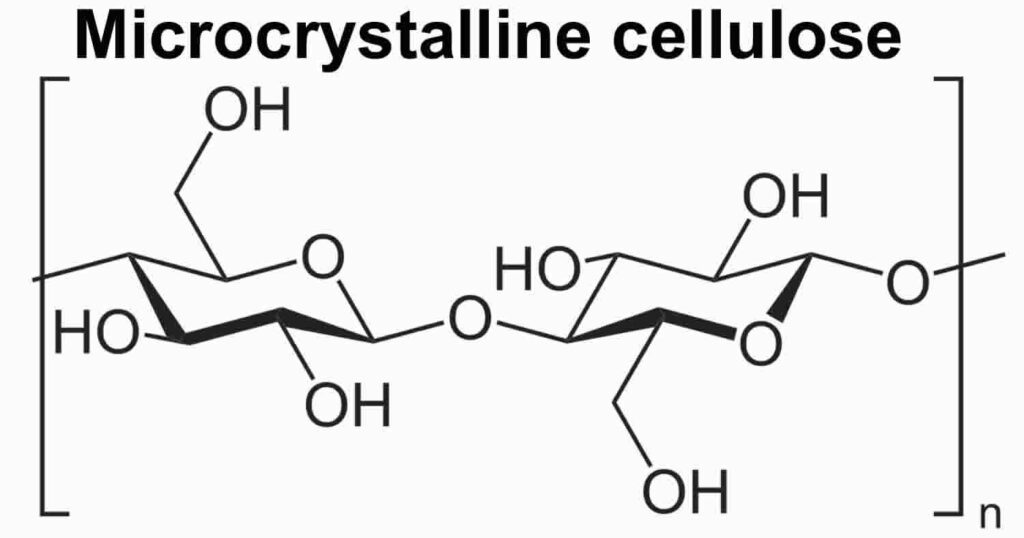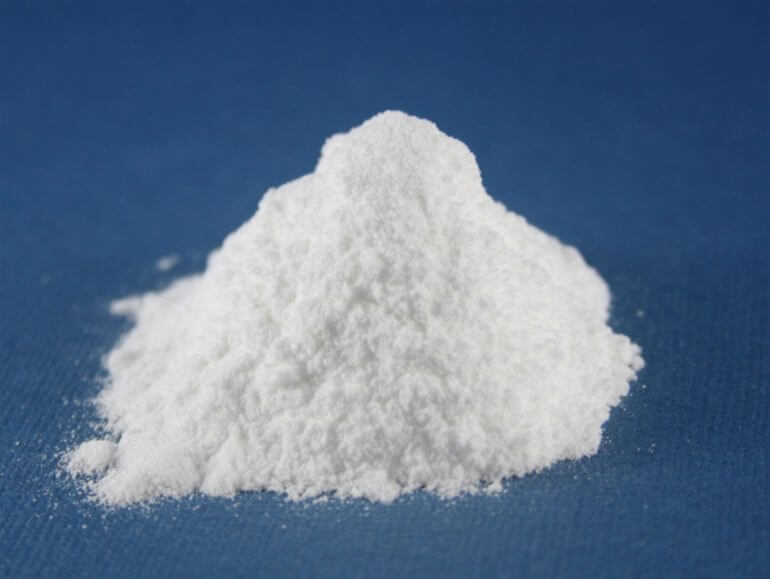Commercial pet foods have made pet ownership convenient.
Legit pet food manufacturers have done a hard job of creating nutritious, delicious, and affordable foods for our four-legged friends.
They have carried out study after study to determine what pets need to grow and blossom well.
Now, regardless of your dog’s medical condition, size, and age, among other factors, you can get the diet that is ideal for her.
To make dog food yummy and nutritious for dogs, manufacturers experiment with different ingredients all the time.
Some of them are genuinely good for your pet while some are downright toxic.
It is thus necessary to question every ingredient added to your pet’s food to ascertain if it is safe for her or not.
You have to go through dog food labels and determine their safety or lack thereof.
Today we look at microcrystalline cellulose….
If you are wondering if your dog can have it, we have answered the question for you.
The Purpose Of Microcrystalline Cellulose In Dog Food

Cellulose is the carbohydrate that gives plants (trees, grass, wheat, and cotton) strength and rigidity.
It is found in the cell wall of plants where it is extracted and added to pet foods.
The carbohydrate is made up of glucose molecules that dogs cannot digest as they lack the necessary enzymes to break it down.
That is a good thing as it means cellulose passes the GI tract unchanged.
When added to dog food, it doesn’t add any calories to the food.
For pet parents looking for a weight control tool for their pets, feeding cellulose-packed foods can do the trick.
Cellulose is technically an insoluble fiber since it doesn’t dissolve in water but excels at absorbing it.
Due to this, it is great at helping dogs produce good stools (neither too dry nor too moist).
Additionally, it can shorten the transit time of the gut contents thereby helping them move along smoothly.
Ultimately, the digestive tract will have a consistent fecal volume and frequent bowel movements.
Lastly, the addition of cellulose to dog food may also reduce dental plaque and gum inflammation.
It does this by altering the texture of food increasing its chewing time and elasticity thus mechanically cleansing the teeth.
Is Microcrystalline Safe For Dogs?
Microcrystalline cellulose (MCC) is a form of processed cellulose containing the crystalline regions of cellulose.
Thus, it is a more crystalline product than cellulose.
It lacks odor and taste making it a great stabilizer, thickener, or excipient in pet food products.

According to research published by the National Library of Medicine, microcrystalline cellulose is safe for all animal species including dogs.
Its use in animal nutrition doesn’t raise any concern for consumer safety.
The conclusion was arrived at after peer-reviewed scientific papers and risk assessments conducted by EFSA and other expert bodies.
Testing of the MCC showed that its manufacture meets the specification stipulated for its use as a food additive.
It has the correct pH (5-7), water-soluble matters (<0.24%), sulfated ash (<0.5%), carboxyl groups (<1%), and loss on drying (<7%).
Other tests on arsenic, heavy metals, chromium, and nickel showed concentrations below the limits required.
It is clear that microcrystalline cellulose is safe for our furry friends.
The relevant authorities haven’t necessarily given the minimum or maximum content to use.
This is because the research found out that setting a maximum amount is not necessary.
It is low in toxicity, isn’t absorbed in the gut, and offers very low resistance to digestion.
All these reasons make it safe for use in any amount.
However, it is typically added in low amounts of 0.5-2%. This is enough to add the benefits of cellulose including hairball control, weight control, and boosting gut function.
You may also want to check:
Is Potassium Sorbate Safe For Dogs?
Is Magnesium Stearate Safe For Dogs?
Is Sodium Benzoate Safe For Dogs?
Closing Thoughts
Learning how to read and interpret your pet’s food label gets you closer to getting quality and safe food for your animal friend.
Cellulose is often used to keep pets full without adding calories to their diets.
It also helps keep the gut happy and keeps dental plaque away.
Thankfully, it is completely safe for use as a dog food additive.
As long as it is used in the right quantities, it poses no threat to dogs.
Now you can rest easy knowing that cellulose doesn’t harm dogs in any way.
Other Related You May Want to Check:
Is Polyethylene Glycol Safe For Dogs?
Is Titanium Dioxide Safe For Dogs?
Is Silicon Dioxide Safe For Dogs?
As an Amazon Associate, we may receive a small commission from qualifying purchases but at no extra cost to you. Learn more. Amazon and the Amazon logo are trademarks of Amazon.com, Inc, or its affiliates.

